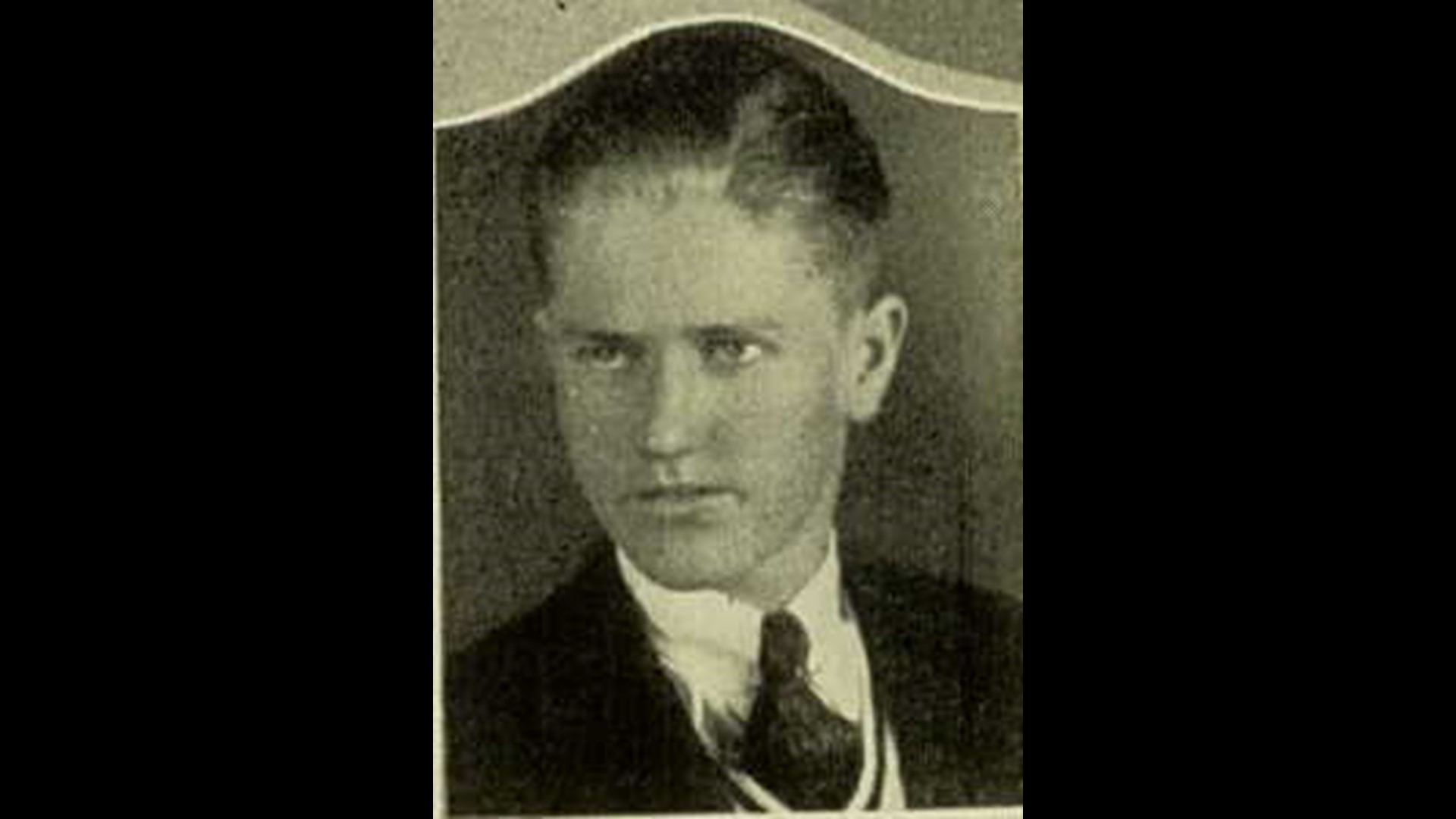

" In an interview from his prison cell, López described himself as "the man of the century" and said he was being released for "good behavior".

Release Īccording to CNN, López "was arrested in 1980, but was freed by the government in Ecuador at the end of. The Associated Press (AP) reported that he was arrested in March 1980, and that he confessed to killing 200 young girls and possibly 360. López was arrested when an attempted abduction failed and he was trapped by market traders. López said: "I like the girls in Ecuador they are more gentle and trusting. López said that he had subsequently returned to Colombia and later moved to Ecuador, during this period, he claimed, he had killed about three girls a week. However, the police had quickly released him. These captors were preparing to execute him, when a missionary from the US intervened and persuaded them to hand him over to state police. López claimed that, by 1978, he had killed over 100 girls before being caught and captured by members of an indigenous tribe. He said that after being released from prison, he moved to Peru and started murdering young girls. López claimed that, during his incarceration for car theft, he was brutally gang-raped, and that subsequently, while he was still in prison, he hunted down the most brutal of his rapists and killed them. Other sources claim that he ran away with a teacher. He ran away after two years, according to one account, because he had been molested by a male teacher. At age 12, Pedro was taken in by a US immigrant family and enrolled in a school for orphans. Soon afterwards, he said, he had been abducted by a man and raped. Pedro, who was reportedly the seventh child among 13 siblings, was polite as a boy and wanted to be a teacher according to his mother.įollowing this, the eight-year-old Pedro López had fled to Bogotá, Colombia's capital city. Subsequently, his mother caught him fondling his younger sister in 1957, when he was eight years old, and evicted him from the family home. According to López, witnessing acts of prostitution by his mother while growing up had disturbing effects on his psychiatric health. López was born to Benilda López De Casteneda. Laytner also claims that in 1983, Lopez was found guilty of the murder of 110 girls in Ecuador and confessed to an additional 240 murders in Peru and Colombia. Apart from Laytner's account and two brief Associated Press wire reports, the story was published in The World's Most Infamous Murders by Boar and Blundell, and has found its way into many serial murder anthologies, both in print and online.Īccording to Laytner's story, López became known as the Monster of the Andes in 1980, when he purportedly led police to 53 graves in Ecuador of girls between 9 and 12 years of age. Laytner's interviews were widely published, first in the Chicago Tribune on 13 July 1992, then in the Toronto Sun and The Sacramento Bee on 21 July 1992, and over the years in many other North American papers and foreign publications, including the National Enquirer.

Aside from uncited local accounts, López's crimes first received international attention from an interview conducted by Ron Laytner, a longtime freelance photojournalist who reported interviewing López in his Ambato prison cell in 1992.

Released from a Colombian mental facility in 1998, his whereabouts are currently unknown. Pedro Alonso López (born 8 October 1948 ) is a Colombian serial killer and child rapist who murdered a minimum of 110 young girls from 1969 to 1980 and claimed to have murdered over 300 victims across Colombia, Peru and Ecuador.


 0 kommentar(er)
0 kommentar(er)
